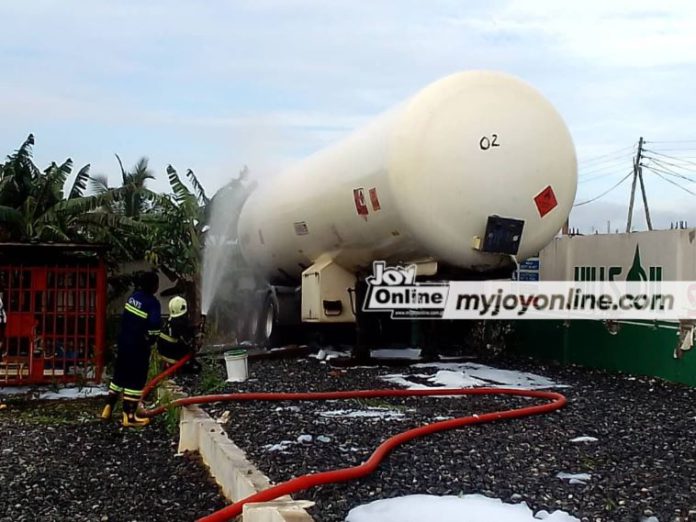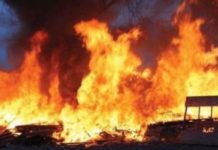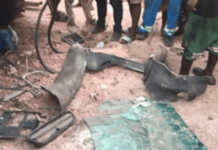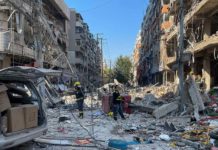
Thirty-five per cent of burns cases on admission to Korle Bu Teaching Hospital are caused by gas explosions, the Chief Executive Officer (CEO) of the hospital, Dr Opoku Ware Ampomah, has disclosed.
He said those cases of burns occurred due to improper use of domestic liquified petroleum gas (LPG).
He said even though domestic LPG cylinders were not supposed to be kept indoors, it had been proved that members of the public usually kept them indoors.
He said what was even worse was when people put stones on the regulator instead of servicing them properly in case of leakages.
Dr Ampomah said this as a call to action for domestic fire safety and paediatric burn prevention campaign initiated by the Public Health Alliance International Ghana (PHAIG).
The campaign, among others, is aimed at reducing the incidence of paediatric burns, promoting awareness of child safety and paediatric burn management, as well as raising funds to support paediatric burns patients in the country.
Dr Ampomah also urged the public to be careful with their electrical gadgets, especially now that the country was experiencing frequent power outages, explaining that sometimes, those frequent power surges could cause domestic fires and put people’s lives in danger.
Describing injury from burns as one of the most significant traumatic but largely preventable incidents an individual could experience. He said 80 per cent of the incidents were due to some form of carelessness on the part of the victims or caregivers in the case of children, and, therefore, stressed the need for the country to put in place both primary and secondary preventive strategies.
Those strategies, which he said had helped other high-income countries, were personal education, enforcing building regulations, including design, and ensuring that public buildings had compartmentation so that in the event of fire, it would not be able to spread to other rooms, among other strategies.
He also talked about the need for people to change or check the wiring in their homes.
He said burns accounted for about 300,000 deaths around the world every year, pointing out that whereas in the developed world mortality from burns was about 0.8 per 100,000 population, that of other parts of the world was 10.3 per 100,000 population.
He said aside from the fact that people could lose their lives from burns, for those who survived, it could cause disfiguring, especially in the face, which led to stigmatisation.
Burns
Furthermore, he said burns could cause loss of vision and difficulty in breathing when it occurred around the nose, and the scars were prone to forming cancers 10 or more years after the injury.
For females who suffer injuries on their chests, Dr Ampomah explained that at puberty, because their scarred skin could not contain their growth, they would have to undergo surgery to enable their breasts to develop.
In Ghana, Dr Ampomah said a look at epidemiology showed that over 50 per cent of burns occurred in children, with the commonest cause being hot liquids either in the kitchen or bathroom.
He, therefore, called for the kitchen to be out of bounds for children, adding that it should not be a play area for them.
He mentioned things that predisposed children to burns to include placing hot liquids on a table that had table cloth and placing liquid chemicals such as acid in open places where children could easily access them.
The Chief Executive Officer of Atlantic Life Sciences Limited, Dhananjay Tripathi, said one of the glaring challenges faced by burns patients was the difficulty in obtaining the best and most appropriate treatment, adding that in many cases, the expertise and resources required for optimal care might be scarce, leading to suboptimal outcomes and prolonged suffering.
Campaign
The Vice President of PHAIG, Dr Samuel Nuamah, said the budget for the campaign was projected at $1,524,153.19, adding that the strategic roadmap for the campaign which was in phases, included stakeholder engagement and research, training workshops and research, nationwide publicity and awareness, support to burn victims, and project evaluation and research.



![One injured in gas station fire at Katamanso [Photos]](https://www.adomonline.com/wp-content/uploads/2023/09/gas-station-fire-6-218x150.jpg)



